What is A Call To Action (CTA) – Examples of Call-To-Actions for your Marketing Strategy
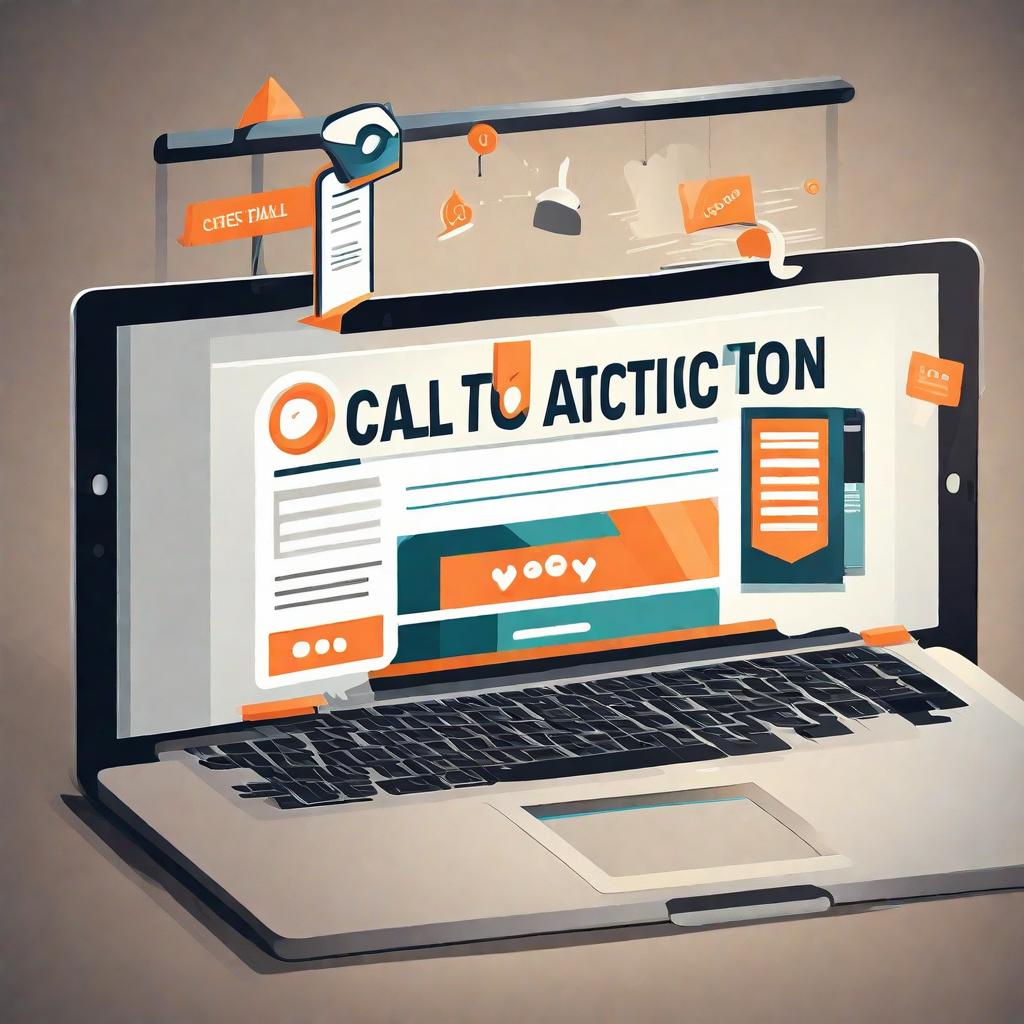
Understanding the Power of a Call To Action (CTA)
What is a Call To Action (CTA)?
A Call To Action (CTA) is a prompt that encourages the reader or viewer of a website, advertisement, or other marketing material to take a specific action. This action could be anything from making a purchase, signing up for a newsletter, downloading an e-book, or simply clicking a hyperlink to learn more about a product or service.
Importance of a Strong CTA
A strong CTA is essential for driving conversions and achieving marketing goals. It serves as a guide for the audience, directing them towards the desired outcome. Without a compelling CTA, potential customers may not be motivated to take the next step in the sales process.
Crafting Compelling CTAs: Best Practices and Examples
- Use a Call-to-Action Button: Incorporating a clickable button in your CTA can make it more visually appealing and increase click-through rates. Make sure the button stands out and use action verbs to create a sense of urgency. For example, “Try it now!” or “Get your free trial!”
- Create a Sense of Urgency: Urgency can be a persuasive motivator. Use phrases like “limited time offer,” “act now,” or “don’t miss out” to create a sense of FOMO (fear of missing out) and encourage immediate action.
- Align with Your Marketing Campaign: Your CTA should be consistent with your overall marketing message. If you are running a social media advertising campaign, ensure that your CTA aligns with the content of your ad and directs users to the desired landing page.
- Use Different CTAs for Different Stages of the Marketing Funnel: As prospects move through the marketing funnel, their needs and interests change. Tailor your CTAs accordingly to address their specific actions at each stage. For example, use a CTA that focuses on awareness at the top of the funnel and a CTA button or phrase that promotes a purchase at the bottom of the funnel.
- Offer Value: Make your CTA compelling by offering something of value to your audience. This could be a free e-book, a discount code, or exclusive content. By providing an incentive, you increase the likelihood of users taking action.
Examples of CTA Buttons
Some common examples of effective CTAs include “Buy Now,” “Sign Up Today,” “Learn More,” “Download Your Free Guide,” and “Get Started.” These phrases are designed to prompt users to take a desired action you want and create a sense of urgency and excitement.
The Role of CTAs in Marketing
Effective call to action (CTAs) play a crucial role in guiding potential customers through the sales funnel. By strategically placing CTAs at various touchpoints, marketers can influence consumer behaviour and drive desired actions. Whether guiding visitors to make a purchase or encouraging them to engage with valuable content, CTAs are instrumental in achieving marketing objectives.
Best Call-To-Action Examples
First up, we have Airbnb, whose CTA “Become a Host” entices users by highlighting the opportunity to earn money by renting out their space. This simple yet compelling CTA taps into people’s desires for financial gain and presents a clear value proposition.
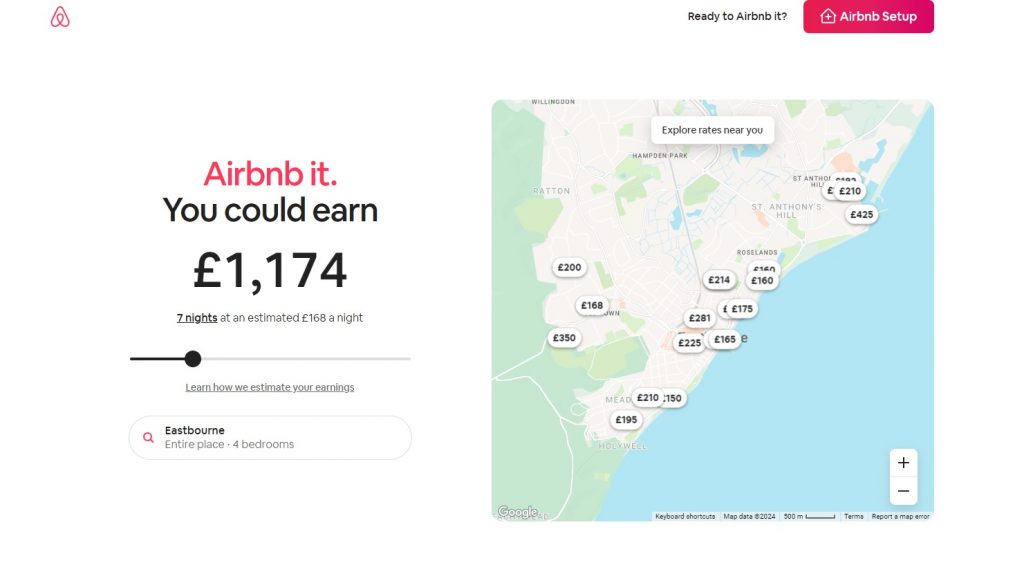
https://www.airbnb.co.uk/host/homes?room_type=ENTIRE_HOME
Another impressive example is from HubSpot, which prompts the reader to “Get a Free Demo” of their software. This CTA is effective because it offers a tangible benefit while leveraging the power of the word “free.”
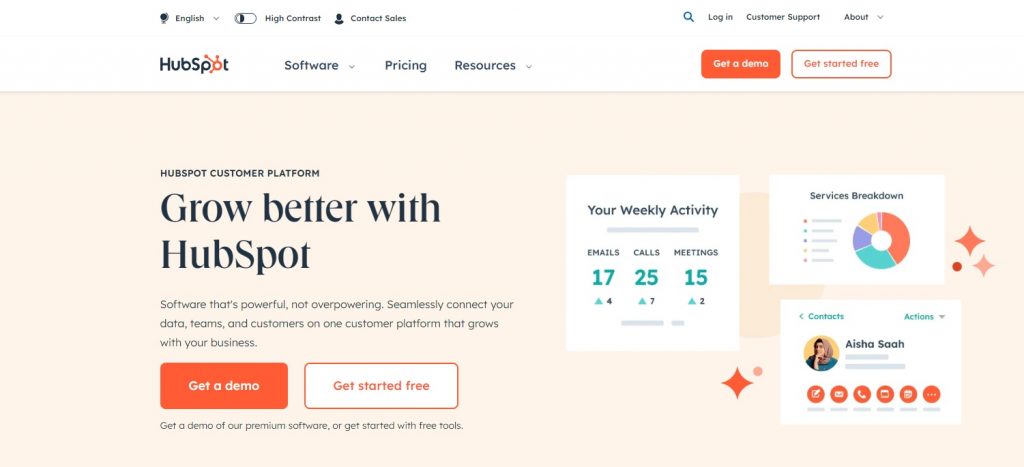
Next, we have Neil Patel, a renowned digital marketer, whose homepage features a CTA that stands out with its bold colour and straightforward copy, encouraging visitors to “Get A Free Proposal.”
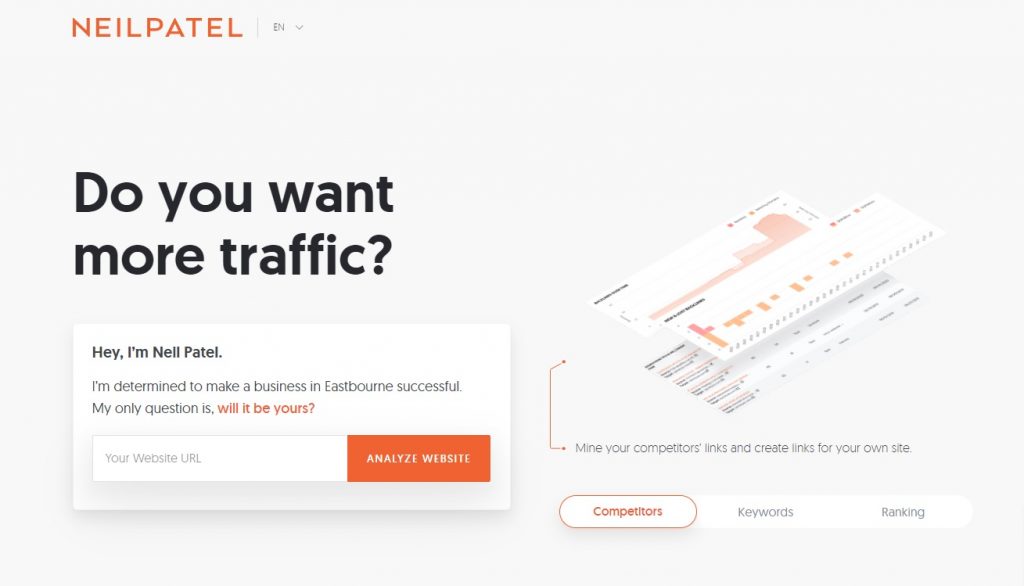
Lastly, Dropbox’s CTA, “Sign up for free,” is a classic example that drives conversions by removing any barriers to entry. By highlighting the word “free,” they emphasize the risk-free nature of the offer.
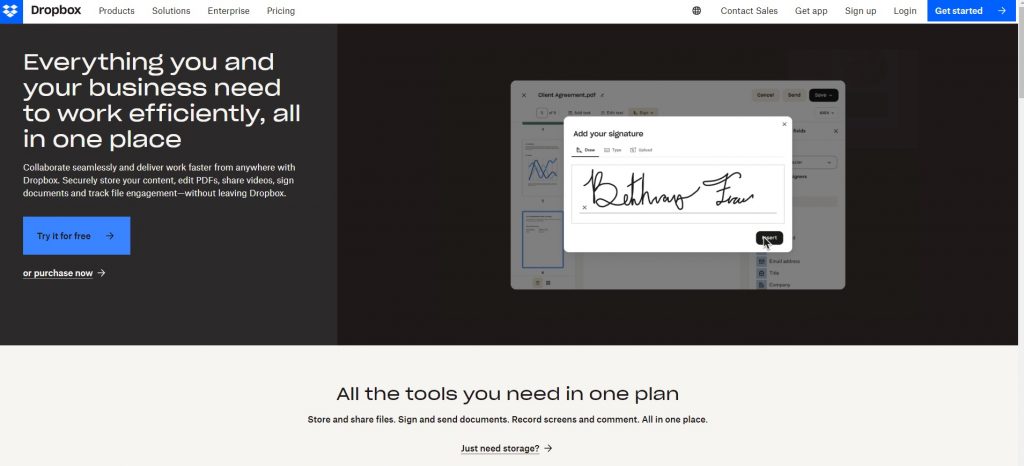
These examples illustrate the importance of clear messaging, highlighting value, and removing any friction in the conversion process. So, go ahead and implement these persuasive strategies in your own CTAs to drive action and achieve your marketing goals!
Examples of Effective CTA
- “Join our community and receive a free guide to digital marketing strategies!”
- “Upgrade your subscription now and unlock exclusive features!”
- “Start your free trial today and experience the power of our software!”
- “Book your appointment now and receive a 10% discount!”
- “Don’t miss out on our limited-time offer – order now and save!”
A/B Testing for the best call to action
A/B testing is a powerful technique that allows you to compare different CTA buttons and determine which one resonates best with your audience to take the desired action.
This strategy can lead to dramatic improvements in your click-through rates and ultimately boost your bottom line. Imagine having data-driven insights to guide your CTA design decisions, ensuring that every element of your button is perfectly crafted to encourage action. By running experiments and analyzing the results, you’ll uncover invaluable information about user preferences, such as button colour, shape, size, or text.
With this knowledge, you can fine-tune your calls to action. By allowing users to choose between two ctas you can find the best ctas to use. Don’t leave your CTA buttons to chance; take control of your conversions and optimize every interaction with A/B testing CTA’s.
Conclusion – Write A CTA Copy and Using a Compelling Call to Action Will Increase Conversions
In conclusion, a well-crafted Call To Action (CTA) is a powerful tool for driving up conversion rate and prompting desired actions from the audience. By using compelling language, creating a sense of urgency, and strategically placing CTAs, businesses can effectively guide potential customers towards the desired outcome.
When writing a CTA, there are several key elements to consider. Firstly, it should be clear, concise, and action-oriented. Use action words, such as “buy now,” “sign up,” or “get started,” to create a sense of urgency and prompt users to take immediate action. Additionally, a good CTA should be tailored to your target audience, addressing their specific needs and desires. By understanding your audience, you can create a CTA that resonates with them and compels them to click.
Bullet Point Summary:
- Craft clear, action-oriented CTAs that prompt users to take specific actions.
- Use a clickable button for visual appeal and increased click-through rates.
- Create a sense of urgency to encourage immediate action.
- Align your CTAs with your overall marketing campaign.
- Tailor your CTAs to different stages of the marketing funnel.
- Offer something of value to incentivize user action.
- Use compelling language and action verbs to entice users to click.
Remember, the next time you encounter a CTA, pay attention to how it influences your decision-making process. The power of a well-designed CTA should not be underestimated.

I am a self-motivated, passionate website designer and developer. I have over ten years of experience in building websites and have developed a broad skill set including web design, frontend and backend development, and SEO.
Using my growing knowledge base I have built my own company (scriptedart.co.uk) creating websites, e-commerce stores and producing custom graphics and web app functionality for a range of local businesses.

